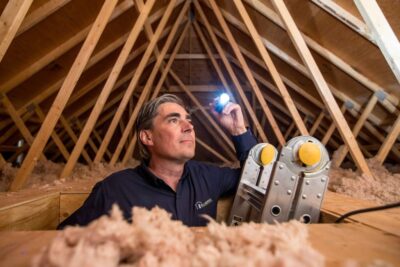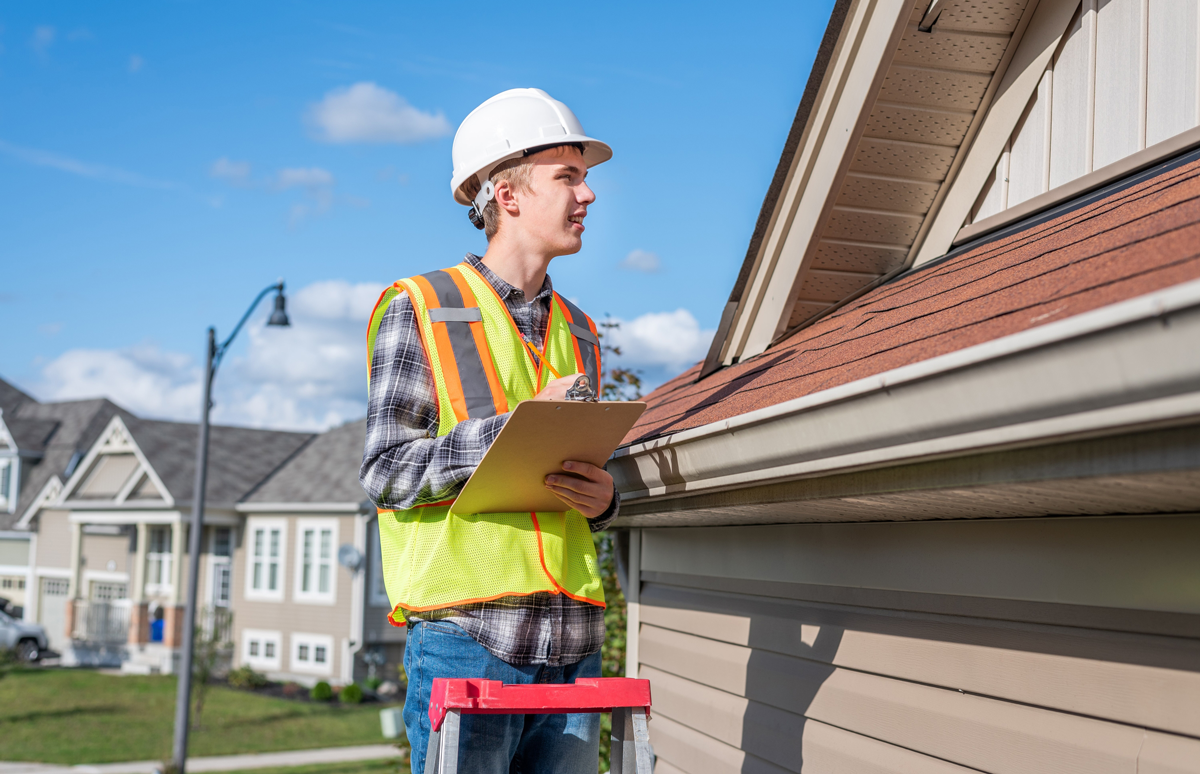A wind mitigation inspection is a specialized type of property inspection designed to assess how well a home or building can withstand strong winds, particularly those associated with hurricanes or severe storms. It evaluates the wind-resistant features of a structure and identifies improvements that can be made to reduce damage and increase safety. These inspections are especially common in areas prone to high winds, such as coastal regions and hurricane-prone states like Florida and Louisiana.
Although wind mitigation inspections are not always mandatory, they are highly recommended and in many cases, they can help homeowners save substantially on their insurance premiums. Understanding the purpose, process, and benefits of wind mitigation inspections can help homeowners make informed decisions about protecting their properties.
The Purpose of Wind Mitigation Inspections
The primary goal of a wind mitigation inspection is to examine how prepared a home is to resist wind damage. Strong winds can cause extensive destruction by lifting roofs, shattering windows, or allowing water intrusion. Wind mitigation measures are construction features that reduce these vulnerabilities, and the inspection determines which of these features a home already has in place.
The results of the inspection can be used in several ways. Most commonly, they are submitted to insurance companies to qualify for discounts or credits on windstorm coverage. Insurance providers use the inspection report to calculate risk levels and determine premiums accordingly. Homes that are better equipped to handle wind stress are less likely to sustain damage, which means fewer claims for the insurer.
Key Elements Assessed During a Wind Mitigation Inspection
A certified inspector conducts a wind mitigation inspection in Louisiana by examining a variety of construction and design elements. These include:
1. Roof Shape and Materials
Certain roof shapes, such as hip roofs (which slope on all four sides), are more aerodynamic and less likely to be lifted by high winds compared to gable roofs. The inspector will also evaluate the roofing materials and how well they are fastened to the structure.
2. Roof Deck Attachment
The roof deck the material beneath the roof covering is examined to see how securely it is attached to the trusses or rafters. Stronger attachment methods (like 8d nails spaced closer together) are more wind-resistant than older or less secure ones.
3. Roof-to-Wall Connection
Inspectors check how the roof structure is connected to the walls of the home. Hurricane clips, straps, or wraps provide much better protection than nails alone, reducing the chance of roof separation during a storm.
4. Roof Covering Age and Type
The age and condition of the roof covering (such as shingles or tiles) are important factors. Newer materials that meet current building codes offer more protection than outdated or worn coverings.
5. Secondary Water Resistance (SWR)
This layer, often a self-adhering membrane placed between the roof deck and the covering, helps prevent water intrusion if the roof is damaged during a storm. Having SWR in place adds significant protection.
6. Opening Protection (Windows and Doors)
Windows, doors, garage doors, and skylights are examined to determine whether they are impact-resistant or have protective coverings like shutters. These features can prevent windborne debris from breaching the home’s envelope.
7. Building Code Compliance and Construction Date
Homes built or renovated after certain dates may already meet updated building codes, which often include wind mitigation measures. Inspectors will consider the construction year to assess compliance levels.
The Wind Mitigation Inspection Process
A wind mitigation inspection typically takes 30 minutes to an hour, depending on the size of the property and accessibility of certain areas like attics or roofs. The inspector will take photographs to document each mitigation feature and compile their findings into a standardized report. This report can then be submitted to your insurance company.
There is usually a fee for the inspection, but it is often offset by the insurance savings it generates. In some states, insurance discounts from a wind mitigation report are valid for five years.
Benefits of Wind Mitigation Inspections
1. Lower Insurance Premiums
One of the most significant advantages of a wind mitigation inspection is the potential reduction in insurance costs. Insurers reward homes that have strong wind-resistant features because they present less financial risk.
2. Improved Property Protection
The inspection helps homeowners understand which upgrades can better protect their property from wind damage. Implementing these changes not only strengthens the home but also increases its resale value.
3. Peace of Mind
Knowing your home is better equipped to handle severe weather gives peace of mind during hurricane season or strong storms. The inspection serves as a proactive measure in overall home safety planning.
4. Informed Renovation Decisions
If you’re planning to replace your roof or upgrade windows, a wind mitigation inspection helps you prioritize features that will maximize safety and insurance benefits.
Is a Wind Mitigation Inspection Worth It?
For homeowners in regions prone to hurricanes or frequent storms, a wind mitigation inspection is absolutely worth the investment. The insights gained from the inspection can lead to long-term savings, reduced risk, and increased safety. Even for those outside high-risk areas, the inspection can reveal structural improvements worth considering.
Some local governments or insurance companies may even offer incentives or programs to encourage homeowners to get wind mitigation inspections. It’s a smart move that pays off both financially and in terms of protection.



